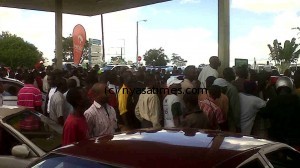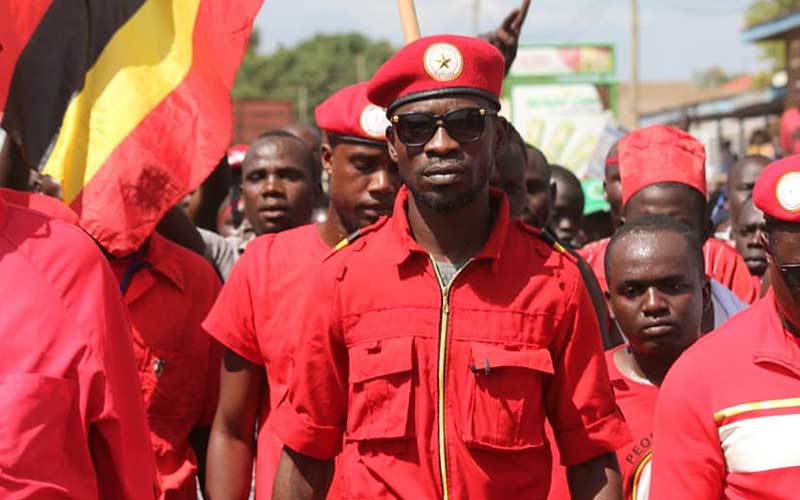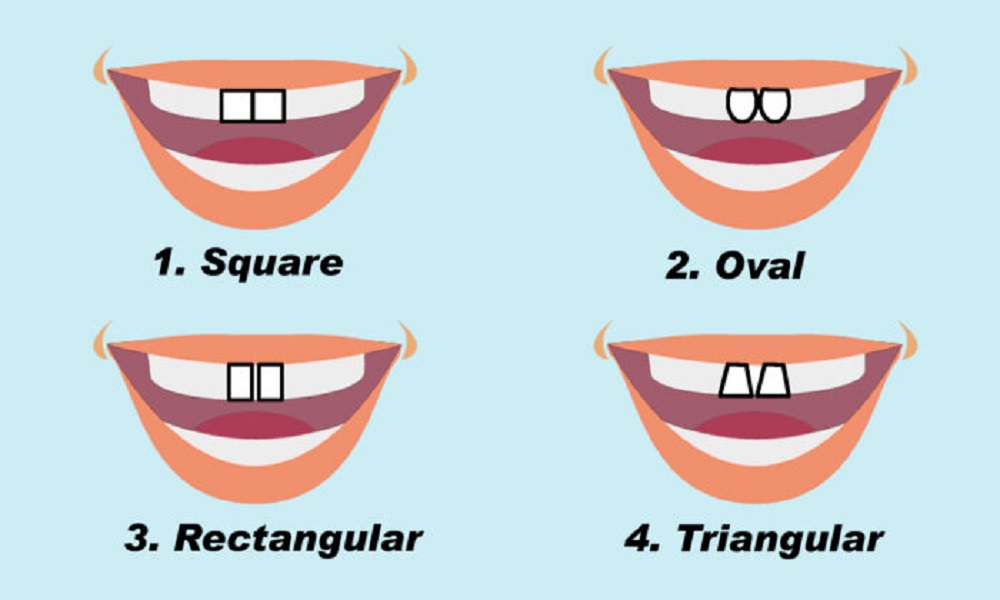
Here I have compared the pre and post 08 Nov 2011 petroleum price build up side by side. One thing is abundantly clear: that both the international market price (FOB) and the landed import price (IBLC) have gone down in all the three products (petrol, diesel and paraffin). Why then should MERA announce a price that increases by over 30% for the major fuel products? Their justification that international market prices have gone up is entirely not supported.
An analysis of the petroleum price buildup above indicates major flows and areas in which illegal gains are being made.
FOB:– The average price per litre at which products are procured at the three ports of Beira, Nacala and Dar es Salaam. This price factors in elements of both international market price levels and the level of the Malawi Kwacha against the US Dollar (since all purchases are in USD), hence the effects of the Malawi devaluation can only be shown here. In this case, the recent devaluation of the Kwacha has not negatively affected the FOB price due to even lower international market prices.
RAILAGE: The average cost of moving each litre by rail (obviously this can only be done between Dar and Mbeya, and Nacala to Blantyre/Lilongwe Depots) Since very little product is moving by rail anyway, the average cost charged to each litre is obviously very small.
ROAD FREIGHT: Almost 95% of all fuels into Malawi are moved by road. The known cost between Beira and Blantyre is around MK20/- per litre. In the recent price buildup, this is shown as MK12 per litre, so obviously something is very wrong here. The people doing these calculations are totally wrong and should be sacked, if MERA is to get credibility.
INS/HANDLING: Something is very wrong here, no transit insurance is done for petroleum fuels, because the element just below allows for self-collection of intransit losses. If this element represents handling only, then it is too high for a product of this nature.
LOSSES: Fuel transiting allows for calculation of losses to enable loss recovery without recourse to transit insurance. This is due to the nature of the product where some losses cannot be directly be explainable, eg: losses due to evaporation, or expansion or contraction of volume due to temperature. Industry normally allows for 0.04% in losses, however, a calculation of the above indicates losses as high as 0.7%, which means MERA and the importer are not doing their job properly to ensure loss minimization.
IBLC: In Bond Landed Cost, that is the equivalent of CIF to Malawi entry ports. This forms the basis for all levies, duties and surtaxes. It can be shown clearly that in the new price buildup, IBLC is as low as 36% lower than previously. At this point, there is nothing that can justify a PRICE increase to the pump price.
LEVIES: Levies are done for various purposes, but should be approved in parliament through a statute. Parliamentary Acts that set up MERA, NRA (National Roads Authority) and MBS (Malawi Bureau of Standards), all explicitly state that there shall be a levy of fuel imports collected for each of these statutory bodies to finance their activities, and that such collected levies shall be audited properly. Hence, I have no problems with the first three levies, only that I don’t see why MERA Levy has doubled. Has MERA increased its operational expenses? If they have, have they also increased levies on electricity, and other fuels. MERA is financed through levies on all energy products and not petroleum alone.
NON STATUTORY LEVIES: The following levies, Safety Net, Rural Electrification and Storage Levy need to be analysed properly. What is Safety Net Levy, this levy on a good year will collect MK5.8 billion, can anyone explain where this money goes? Similarly the Rural Electrification Levy will collect MK5.4 billion. As much as we would like a good electricity service I fail to comprehend if ESCOM gets this money, and why it should be charged onto fuels. The Storage Levy is supposed to enable government build more storage, my view is that PUMA, Engen, Total, and other companies have about 21 days storage which currently is not being used. You can view all these tanks at Ndirande, Kanengo and elsewhere, and there is not a single drop in them, why build more tankage? Am I seeing what others can see here?
PRICE STABILISATION FUND: The PSF was set up to cross-subsidize prices in time of need. It has Always never served its purpose, set up in 1986, by 1994 all the money in it was used to bail out Air Malawi and Malawi Development Corporation. During the Muluzi years it has also served as financing fund to UDF, etc. Now, it has just been blown out of proportion, currently it takes in 30% of the pump price. At current estimates, this fund will generate MK43.4 billion in the next 12 months for government. All attempts to claim from this fund by various importers that have made import losses have failed, this can be confirmed with Petroda in 2003, Injena, PIL and Energem in more recent years.
Do we need PSF? Actually, no. If fuel prices can be adjusted up/down every month according the ruling prices and foreign exchange rates, we would never need PSF. By removal of PSF today, pump prices in Malawi will fall below pre 08 November levels.
DUTIES & SURTAXES: The regulation and determination of import taxes and duties is the responsibility of Malawi Revenue Authority (MRA). Latest taxation rates for petroleum fuels are as follows:
| PRODUCT | PETROL | DIESEL | PARAFFIN |
| Import Duty | 10% | 10% | 5% |
| Excise Duty | 20% | 20% | 5% |
Application of the above rates to the IBLC(BT/LL) indicates that MERA are overcharging the importation of these fuel products. It is high time Malawi’s own laws are adhered to.




No comments! Be the first commenter?